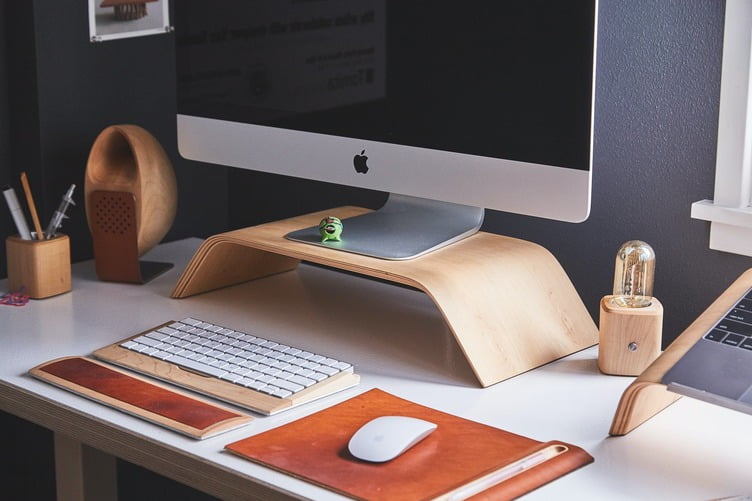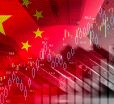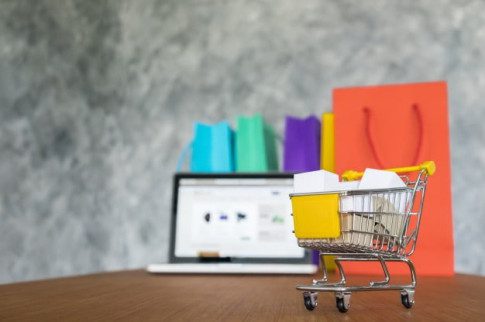Capital Equipment – A beginners Guide Of 2021 Must Know

Table Of Contents
If you want to start a venture, you must have come across the term capital equipment. So, capital equipment must have an extended shelf life of more than 1 year. If not, it cannot help your business flourish or generate any revenue.
Capital equipment is essentially a part of the company’s production process. It is also known as a capital asset because the company acquires it permanently. So, if you are a novice in the business world, you must know the definition of capital equipment.
What Is Capital Equipment? Definition, And Overview
The equipment you use to provide a service, manufacture a product, sell the product, or deliver the merchandise, is capital equipment. The capital definition in accounting is the cash, machinery, equipment, receivable account, property that initiates a business. Just like the capital definition, capital equipment refers to the machinery that helps start a venture.
Now, just because you have capital equipment, that doesn’t mean you get to start a business without any trouble. Instead, you must know you need a lot of effort and investment to integrate capital equipment into the production line. A piece of equipment must have five attributes to be classified as capital equipment such as;
- Acquisition cost
- Independent
- Not disposable
- 1-year shelf life
- Tangible property
What Are The Features of Capital Equipment?
Now, as we have discovered the five pillars of capital equipment, let’s take a deeper look at them.
1: Acquisition Cost
A business must have a particular threshold to decide the capital fund of the company. Capital equipment depends mainly on the administrative procedure of the business. For example, if your capital equipment for a business is a computer, the printers, software, keyboard, the mouse will also be included in the acquisition cost. So, it means the equipment’s worth, including the sales cost, delivery cost, setup cost, etc.
2: Independent
If you understand the capital equipment’s features correctly, you can group equipment in the correct categories. A piece of it must have the ability of independent use. You can value and record a component with the capital equipment if needed. But, including extra features to add a different value to the it will classify the latter as supported equipment.
3: Not Disposable
Just because a piece of equipment has a higher acquisition cost, and is capable of independent use, does not mean it is capital equipment. It must be an ass be included in the inventory and subject to depreciation.
4: 1-year shelf life
If a piece of equipment does not generate profit for the company beyond 1 year, we can’t consider its capital equipment. If the equipment does not satisfy the present or future value, it is not having an extended shelf life. Since we consider it an asset, it needs to have more use than one year.
5: Tangible Property
There are many intangible properties also that helps a business generate profit. But, if the property is not tangible, we can’t qualify it as it. We must be able to touch it, move it, or include it in the business operations. For example, if you purchase a piece of equipment to resell it, we should have it in the inventory, not the capital equipment.
What Is Capital Equipment Sales?
If you want to sell capital equipment, it will be different than traditional selling. So, let’s take a look at the differentiator indicators.
1: High Investment
Capital equipment demands a considerable investment of at least some million. In addition, they cost more than $5000 net of installation charge, sales tax, freight cost, etc. so, when you want to sell it, the selling amount will also be higher than the usual.
2: Technically Complex
Capital equipment is likely to be technically complex, so it will be difficult for a customer to decide between two products. If you want to sell a piece of it in the market, the customer must find it better than other products, right? But, since it is technically complex, you can’t decide that so easily.
3: Commercially Complex
It does not always depend upon the price to decide the complexities of sales. Instead, you must assess the product on its warranty period, technology, installation charge, commissioning charge, spares, guarantee, etc. So, It is usually more complex on commercial grounds.
4: Several Authoritative Personnel
Selling capital equipment depends upon a lot of authoritative personnel. If you are the production head of a firm and want to sell it, you can’t make that stand alone. The maintenance head, CFO, CEO, board of directors, operations head can also have a say in the selling decision.
5: Longer Sales Cycle
We have already found out that it’s demands is high investment. When we combine the technical and commercial complexities with it, it creates a longer sales cycle. So, the salesman has to consider customers’ critical needs, profit margin, cost per component, etc., to make the sale.
How Do We Purchase Capital Equipment?
If you want to know how to purchase as a beginner, you must think of two ways.
- You can purchase it and install it during a specific time of year where its additional volume will warrant its expense. In short, what we mean is the equipment must ensure proper cash flow to outrun its purchase cost or to overcome its debts.
- There is another way to purchase the equipment also. You can also buy the equipment when your financial year starts or during the financial quarter when you will need the equipment. Thus, you will get enough time to train employees with the equipment to clarify their doubts. So, before the equipment becomes permanent in the production process, employees will be familiar with it.
Now, as a beginner, both of these methods will be suitable for you. But, it depends upon your business’s cash flow, which way you will choose. If your cash flow is smooth and you can afford additional debt, you can go for the second method. In this context, you will need to buy it from your operating expenses. However, if your cash flow is not smooth, you can always go for the first method.
Frequently Asked Questions (FAQs)
As we have discussed almost every aspect, beginners are still stuck with a few questions on their minds. We have identified a few of them to answer here. So let’s take a look.
1: What Is The Importance of Capital Equipment?
Ans: The paramount importance of capital equipment lies in its ability to increase product sales. It can increase product sales for a long-term business purpose. But, if you have too many pieces of it, it can lead to consumption reduction.
2: Give Me An Example Of Capital Equipment.
Ans: A company wants to manufacture water pipes for residential buildings. They buy a few types of machinery, lifting systems, trucks, inventory transports to manufacture the pipes. So, it is the piece of equipment that helps to transform raw materials into finished goods.
3: What Is Capital Equipment Financing?
Ans: When you take a loan or lease to purchase or borrow some hard assets for your company, it is called capital equipment financing. If a business does not have enough funding, they take this option to initiate their business.
Final Thoughts
You must have identified by now what capital equipment is and how to purchase it. As a novice in the business world, some people get stuck on this concept. But, if you decide to be an entrepreneur, mere confusion must not stop you. So, read this article once again and clarify all your doubts regarding the capital equipment concept. For further queries, post down the questions in the comment box.
More Resources:
Tags:
You May Also Like

December 5, 2023























